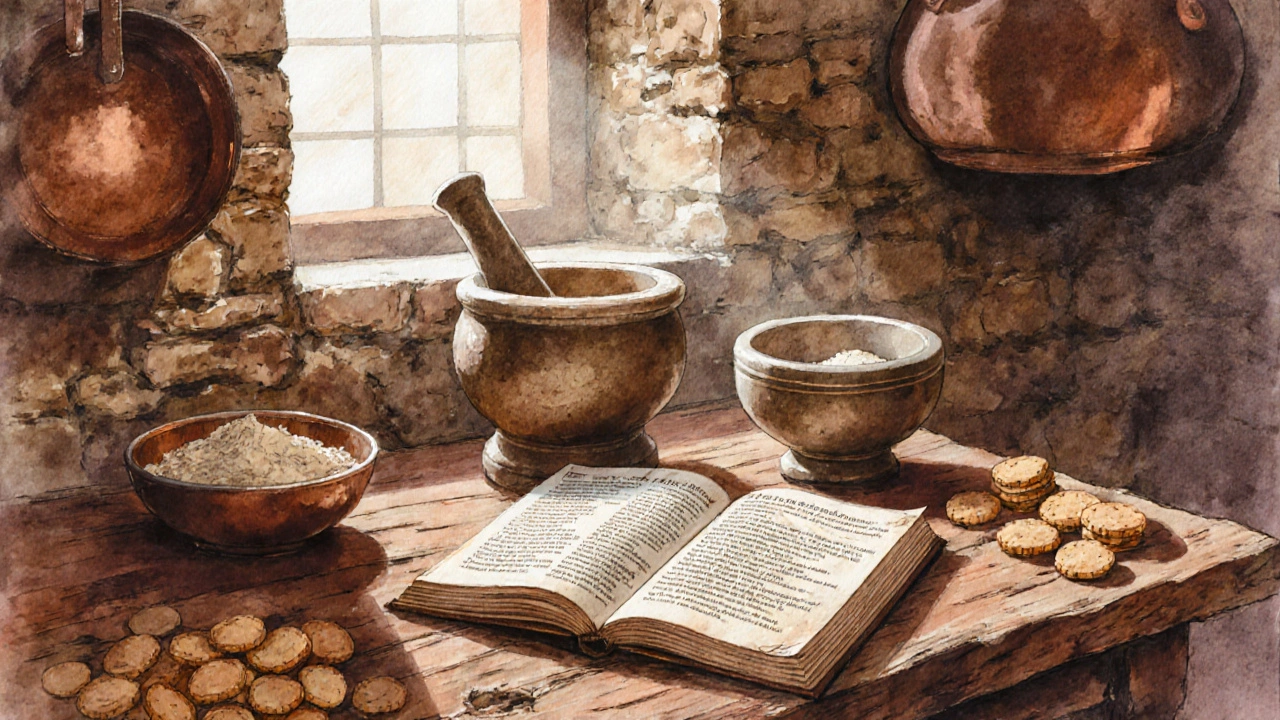Why the Macaron Got Its Name: A Sweet Journey Through History
Explore the fascinating history behind the macaron name, from its Italian linguistic roots to royal French courts, and learn why the term endures today.
When exploring French pastry history, the evolution of France’s sweet baked goods from medieval guilds to modern patisseries. Also called history of French pastry, it blends technique, culture, and taste that still influence desserts worldwide. Early French bakers were organized into guilds that guarded recipes for puff pastry, choux, and almond‑based creams. Royal chefs refined these basics for aristocratic banquets, turning simple doughs into elaborate pièces montées. Over centuries, French methods traveled across Europe, inspiring Austrian strudels, Italian croissants, and even the modern cupcake. Today, a solid grasp of this lineage helps bakers understand why butter layers, precise temperatures, and exact mixing times matter, whether you’re crafting a simple éclair or a multi‑layered gateau.
Take three iconic desserts that trace their roots back to French technique. Pavlova, a meringue‑based cake invented in the early 20th century, built on French meringue and chiffon methods showcases the French mastery of airy egg whites and delicate sugar caramelization. Macarons, the almond‑ground, meringue‑styled sandwich cookie that French pastry chefs turned into a global fashion statement rely on the French art of almond paste, precise folding, and controlled baking. Tiramisu, an Italian layered treat that adopted French mascarpone‑based creams and espresso‑soaked ladyfingers illustrates how French dairy techniques crossed borders to create new textures. Each of these sweets carries a slice of French pastry history, proving that classic methods can be reinvented across continents while retaining their original flair.
Understanding this legacy also sheds light on today’s dessert trends. The surge in “freezer‑friendly” desserts, like frozen tiramisu, leans on French custard stability and proper gelatin usage. Popular cake surveys show that Red Velvet’s rise mirrors French sponge resilience, while health‑focused sweets tap into the French emphasis on balance—think lighter butter creams and fruit‑forward fillings. Even vegan adaptations of classic pastries, such as dairy‑free macarons, borrow the same folding technique but swap eggs for aquafaba, a nod to the original French method. By recognizing how French pastry history intertwines with ingredient science, seasonal flavors, and modern dietary needs, bakers can predict which twists will catch on next and why certain textures—crisp‑soft meringue, buttery lamination, silky mousse—remain timeless.
French pastry history isn’t just a story; it’s a toolbox that equips you for the recipes ahead. Below you’ll find practical guides that apply these historic principles to everyday baking, from freezing tiramisu to mastering perfect macarons and beyond.

Explore the fascinating history behind the macaron name, from its Italian linguistic roots to royal French courts, and learn why the term endures today.